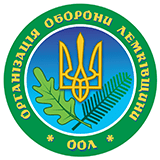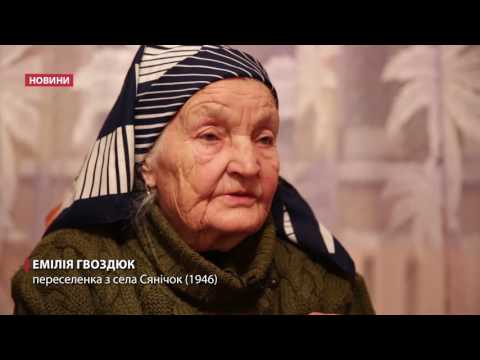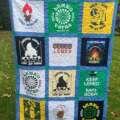On October 28, Ukraine celebrates the day of liberation from the fascists, and for many residents of Western Ukraine, “liberation” became a real tragedy. Forced deportations began after him. The so-called population exchange took place with particular cruelty.
Emilia has been living in the village of Sokilnyky near Lviv since she was 15, but she does not call it home. Today, her homeland is on the other side of the border. “I come from the village of Syanochok, Syanok district. There are very nice terrains: we didn’t have such high mountains as in the Carpathians, they were more gentle…” says Emilia Gvozdyuk, a migrant from the village of Syanichok.
Now Sianichok is south-eastern Poland. Only Poles live in the picturesque village under the mountain, and until 1944 Ukrainians lived here from time immemorial. In July 1944, the Soviet army liberated the village from the German occupation, but before the local population had time to recover, another disaster struck. The Soviet authorities, together with the Polish communists, hastily decided to draw a border between the two states. “This Curzon line became the basis for the Soviet-Polish border, it was a line completely disproportionate to the ethnic displacement of Ukrainians. And that’s why we’re talking about clearing Zakerzonny,” says historian Vitaly Lyaska.
A large-scale resettlement operation begins. In Nadsianna, Lemkivshchyna, Kholmshchyna, and Pidlyascha, the Soviet-Polish commission prepares lists of displaced persons and forcibly asks them to leave their homes. Ukrainians don’t want to pack their bags. “We didn’t know about that agreement at all, the Poles just came in and said get out of here…” recalls Emilia Gvozdyuk. In 1945, it became obvious that the campaign had failed, so in September 1945, military units of three Polish divisions began to evict Ukrainians. The Soviet communists wanted to destroy the support of the UPA by forced resettlement. And then the horror began, which Ms. Emilia will never forget. “The village of Zavadka Murakhivska – they exterminated all the people there, shot everyone, set fire to all the houses and left all the corpses to burn,” said Emilia Gvozdyuk, a migrant from the village of Syanichok (1946).
“It was a one-time action: they surrounded the village, they said, ‘we are evicting you to the Motherland.’ What people could take, they took and sent in wagons to the territory of the Soviet Union,” historian Vitaliy Lyaska said. For several days in the cold and rain, people waited in the barracks for goods wagons. “On April 24, we left Syanek with a cargo truck – on Easter itself. When people sang Christ is Risen, there were so many cries and shouts, because we didn’t know where we were going. No one told us anything,” says Emilia Gvozdyuk.
Most were evicted to the east of Ukraine, Emilia’s family got off the train in the Lviv region. Then, for the first time, they stepped on the threshold of someone else’s house, made of clay, straw and many bugs. And the Poles settled in their brand-new home in Sianchek. “The parents experienced the horror. It is very difficult to build a house in 1937, and in 1946 we were kicked out. All dad’s work… how can you leave everything and go,” recalls Mrs. Emilia.
According to official data, almost 500,000 Ukrainians were deported to the territory of the Ukrainian SSR, and 700,000 Poles were evicted from western Ukraine to the territory of modern Poland.
Read on the website: http://zaxid.net/n1407991




